Shada Street lighting

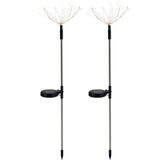

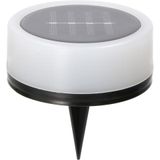

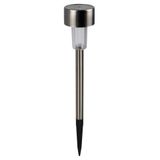



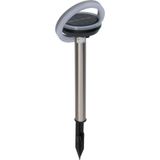
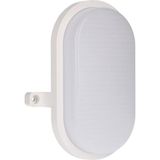
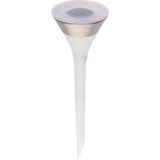
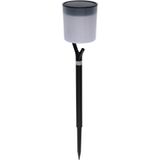

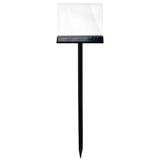

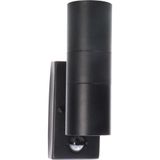
shada street lights for roads and campuses
Shada focuses on durable street-class optics and driver platforms that stay stable through heat, dust, and constant vibration. Round and rectangular heads cover side-entry and post-top mounts, with tilt markings that make aiming predictable on mixed pole stock. Output spans roughly 4–35 klm per head so designers can cover footpaths, local streets, distributors, and small roundabouts without running multiple families. Crews get roomy gear compartments, stainless fasteners, and glands sized to common cable ODs—useful when terminations happen at height.
shada urban lighting fixtures portfolio and optics
The range splits into compact walkway heads, medium road units, and high-output bodies for wide carriageways and car parks. Optical choices include symmetric park distributions and road-grade asymmetrics (II/III) with cut-off that keeps uplight near zero. Aisle-style “narrow long” beams help on linear paths and service roads between buildings. Standard arms fit Ø48–60 mm; adapters cover Ø76 mm post-tops. For heritage streets, shallow housings and neutral finishes blend with existing poles without looking utility-grade.
shada outdoor luminaires performance and standards
Expect efficacy in the 130–170 lm/W band depending on CCT and shield level, CRI 70/80 options, and typical CCTs at 3000 K for residential, 4000 K for mixed urban, and 5000 K where visual punch matters. Drivers run 220–240 V AC, PF ≥0.95, THD ≤10–15 %, and surge protection commonly 6/10 kV (L-N/L-PE). Thermal design uses cast bodies with wide fins; lifetime is usually stated L80 or L90 at 50–100k h with TM-21 projections from LM-80 data. Ingress and impact classes land around IP66–IP67 and IK08–IK10 for ball strikes and loading zones. Control interfaces: step-dimming, 1–10 V, DALI-2, and socketed photocell nodes via NEMA or Zhaga Book 18. Photobiological safety aligns with EN 62471; luminaire safety follows IEC/EN 60598. For roadway calculations, distributions support EN 13201 lighting classes—designers should check TI, SR, and Uo targets against pole spacing and mounting height.
shada park lighting applications and public realm use
Plazas and paths value uniform, glare-controlled light with good verticals for face recognition. Choose 3000 K near dwellings to keep ambiance warm, and pair diffused optics with lower peak luminance around playgrounds. Car parks benefit from forward-throw beams that keep spill off façades. Waterfronts and bridges need marine-aware fasteners and coated brackets; specify sealed cable entries and drain channels to limit fogging. When rapid rollout is required, shada led street lamps with pre-terminated whip leads speed commissioning and reduce lift time. For intersections and bus bays, task the tighter road beams; they hold average-to-minimum ratios without chasing pole density.
shada exterior lighting systems integration with Shada hardware
Street heads align cleanly with Shada poles, outreach arms, and installation materials. Use compression glands and IP-rated junction boxes from the installation range; add divider strips if SELV control runs with mains in shared trunking. Brackets from the mounting ecosystem keep sightlines tidy on façades and walkways. For sensor-driven dimming or CMS tie-in, socketed nodes drop straight in; gateway power and low-voltage cabling route through the brand’s mini-trunking to service points. Where racking or perimeter yards meet the road, linear highbays from the industrial range can complement the grid at loading docks without re-aiming the street heads.
Applications and compatibility across networks
Campus loops and business parks often mix pedestrian and vehicular lanes; use asymmetric road optics for the carriageway and softer park beams for paths on the same pole run. Residential spurs profit from warm-white with curfew dimming; logistics yards prefer cool-white and higher candela at longer throws. Transit edges should allow CMS schedules that track occupancy sensors along feeder roads. For retrofits, shada roadway lights accept most legacy arms; confirm spigot size and set tilt to match the old photometry in your files so lux stays predictable after swap-outs. In districts sensitive to obtrusive light, check BUG ratings and keep uplight effectively zero with full cut-off lenses.
Selection criteria for B2B clients
Start with mounting height and pole spacing, then lock the distribution type to your target class (EN 13201). Map maintained illuminance including dirt depreciation; coastal or dusty sites need higher initial lux or tighter cleaning cycles. Pick CCT by context: 3000 K near homes, 4000 K for mixed use, 5000 K for industrial edges. Confirm driver interface and dimming profile—fixed step, photocell with trim, or CMS profiles by zone. Reserve surge headroom where feeders are long, and specify coating systems for C5-like exposures. For maintenance, favor tool-less gear trays and hinged doors; they cut night work time. If the tender bundles paths and courtyards, reference shada park lighting so the optic set reflects pedestrian priorities rather than pure road metrics.
Advantages of working with Bankoflamps
We align pricing to your pole schedule and mounting heights, then expose live EU stock before lifts or traffic control are booked. Quotations return in roughly one hour with EAN/MPN, keeping optics, CCT, and control nodes locked across phases. Your portal shows lead times, shipment progress, and downloadable price lists; pricing validity is held stable to match approvals. Approved accounts can use post-payment up to 30 days. We consolidate partial deliveries to reduce freight and lane closures, and your account manager cross-checks spigot size, tilt, optic code, surge rating, IP/IK class, control socket, cable set, and bracket type against your drawings—so pallets arrive site-ready and crews spend their time installing, not re-picking.